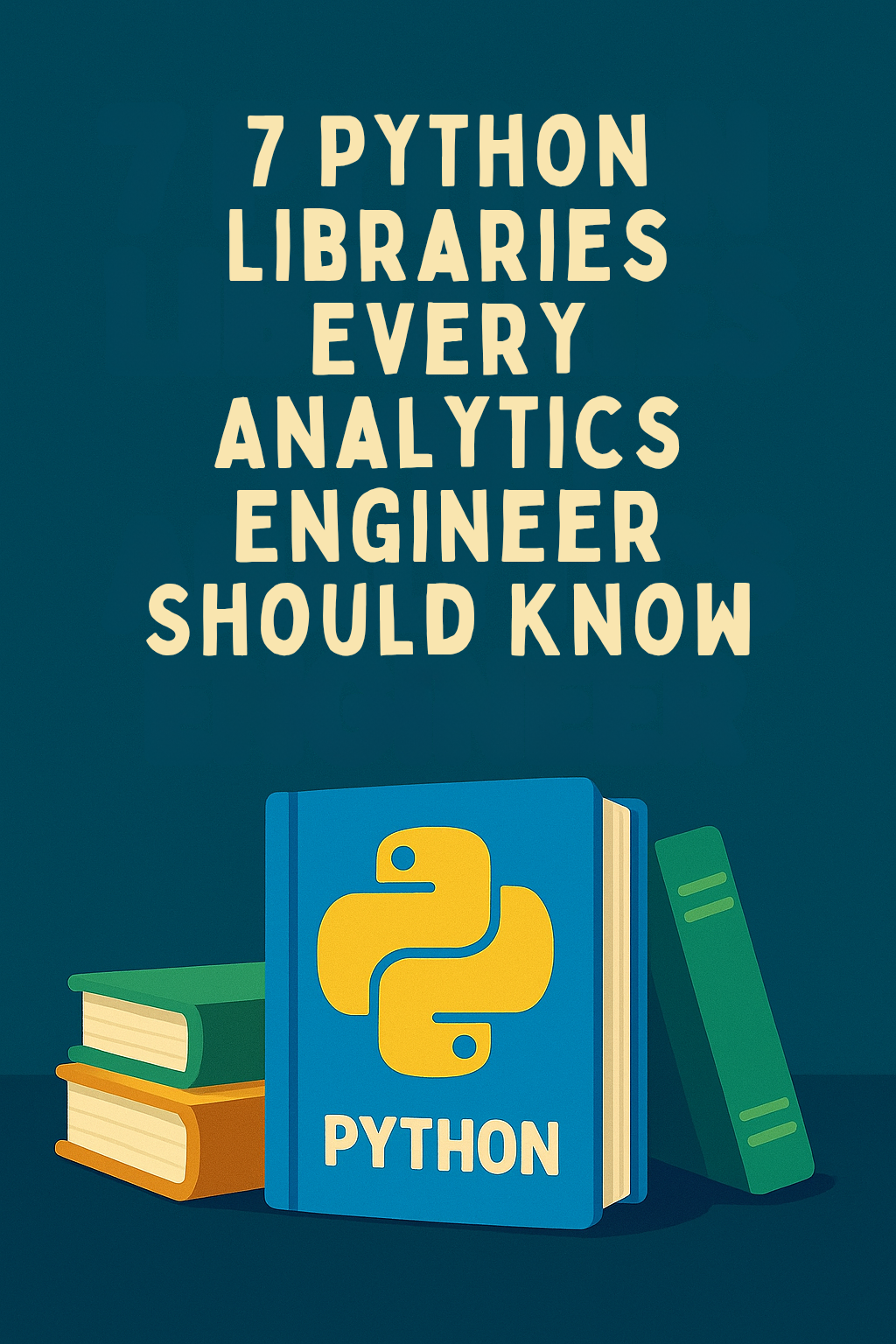
Master Python Data Types at a Glance

Learning Python starts with understanding its data types. Each type plays a key role in how your code stores and processes data. Here’s a quick breakdown.
NUMERIC TYPES
Used for calculations and number storage.
int— whole numbers like1,42,-5float— decimal numbers like3.14,-0.001complex— numbers with real and imaginary parts like2 + 3j
Use Case:
Storing user age, prices, or scientific measurements.
STRING TYPE
For text handling and manipulation.
str— represents text like"Hello, world!"
Use Case:
User input, messages, labels, or logs.
SEQUENCE TYPES
Ordered collections that can be looped through.
list— mutable collection:[1, 2, 3]tuple— immutable collection:(1, 2, 3)range— sequence of numbers:range(1, 5)
Use Case:
Shopping carts, task lists, or steps in a process.
MAPPING TYPE
Efficient lookups using keys.
dict— key-value pairs:{"name": "Amr", "age": 30}
Use Case:
User profiles, settings, or database-like structures.
SET TYPES
Unordered, no duplicates.
set— mutable:{1, 2, 3}frozenset— immutable version
Use Case:
Removing duplicates, checking common items.
BINARY TYPES
For raw data processing.
bytes,bytearray,memoryview
Use Case:
Reading files, sending data over networks, handling images or audio.
BOOLEAN TYPE
True or False — control flow and conditions.
bool—TrueorFalse
Use Case:
User permissions, login checks, feature toggles.
NONE TYPE
Signals “no value”.
NoneType— only value isNone
Use Case:
Placeholders, optional arguments, return when nothing found.
Tips for Beginners
- Know when to use
listvstuple— mutability matters. - Use
dictfor structured data — it’s Python’s built-in JSON. - Avoid using
Noneas a default value unless intentional. - Prefer
setfor membership tests — it’s faster than lists.
Which data type confused you the most when learning Python?
Amr Abdelkarem
Owner




No Comments